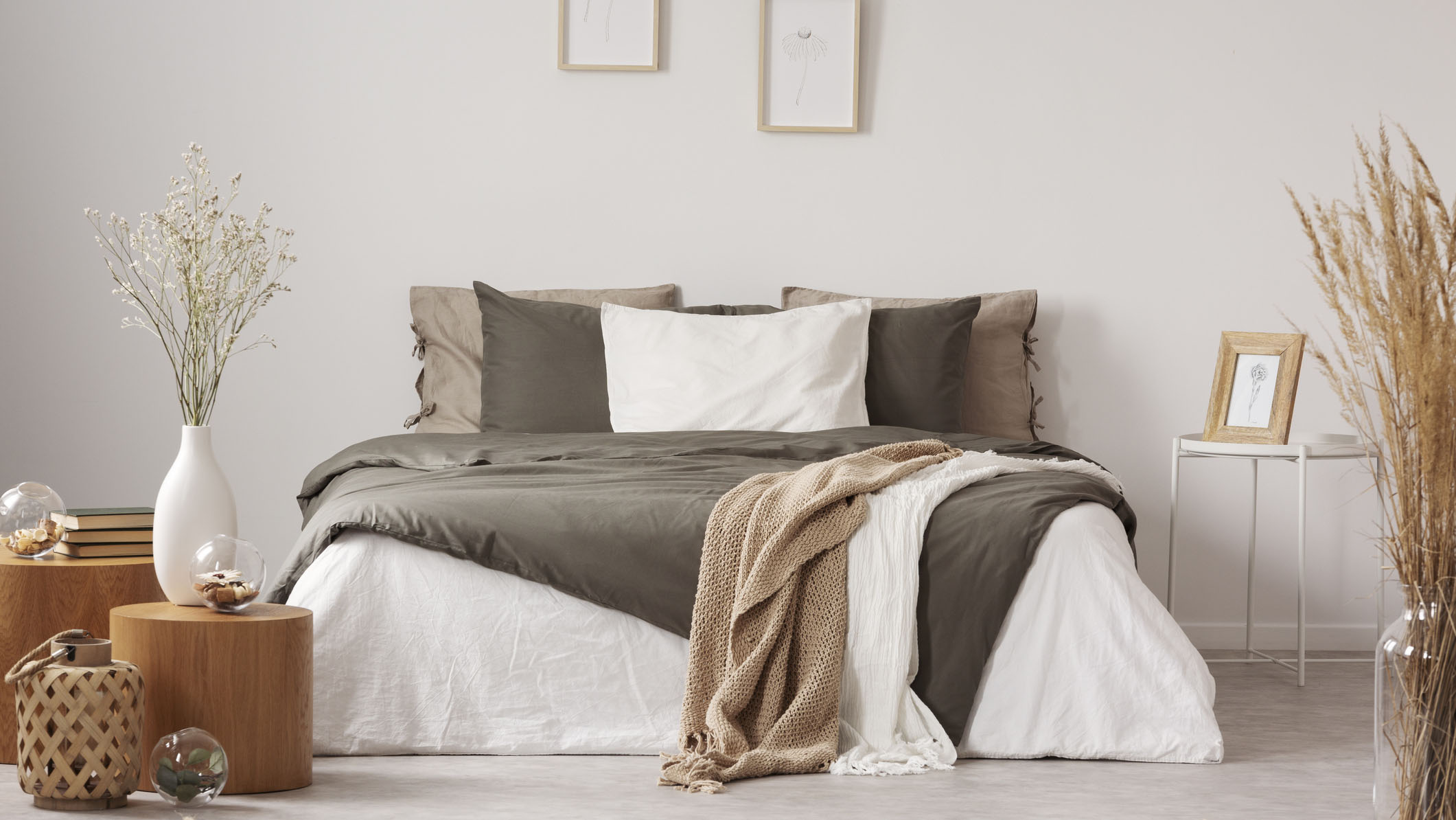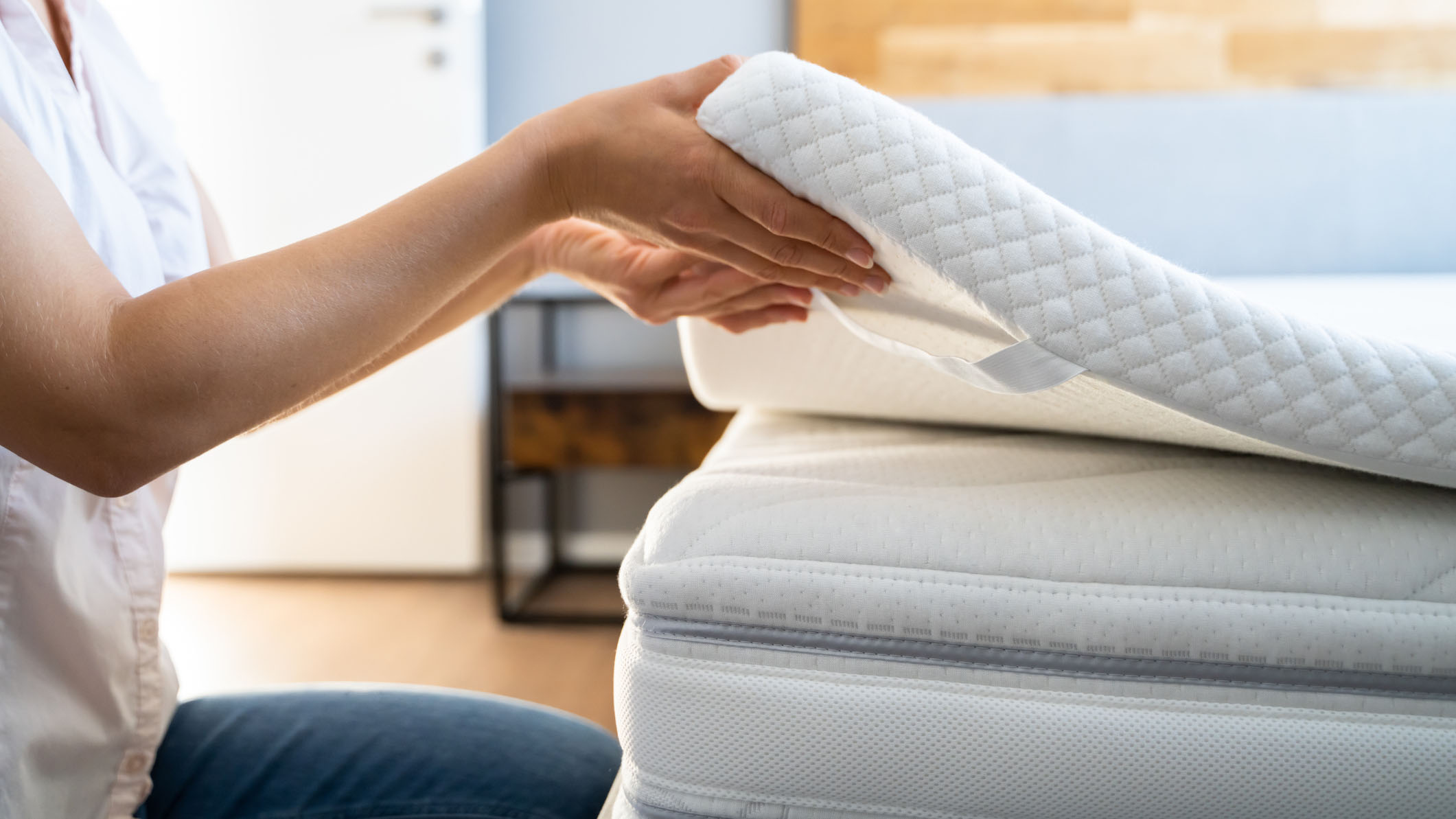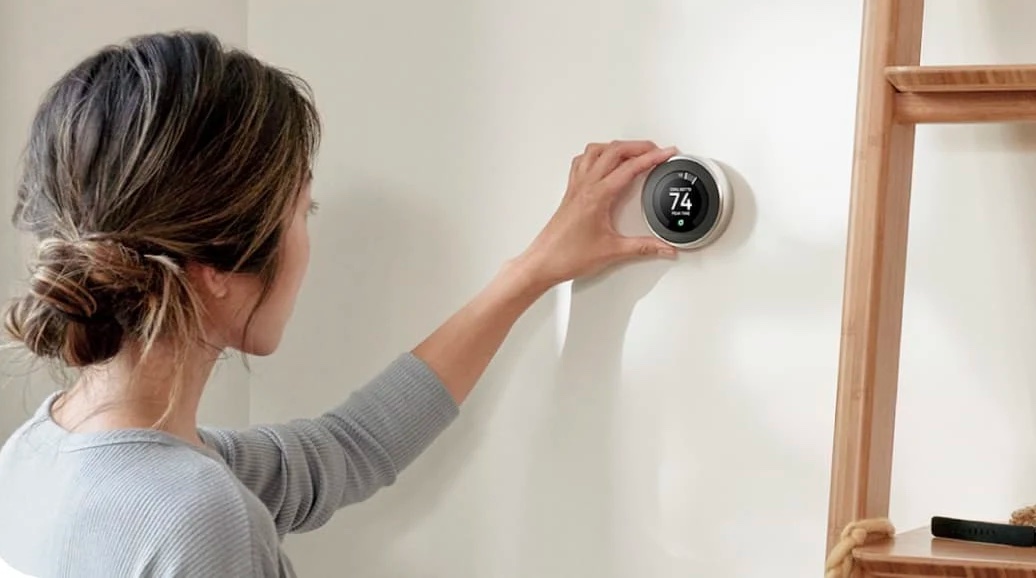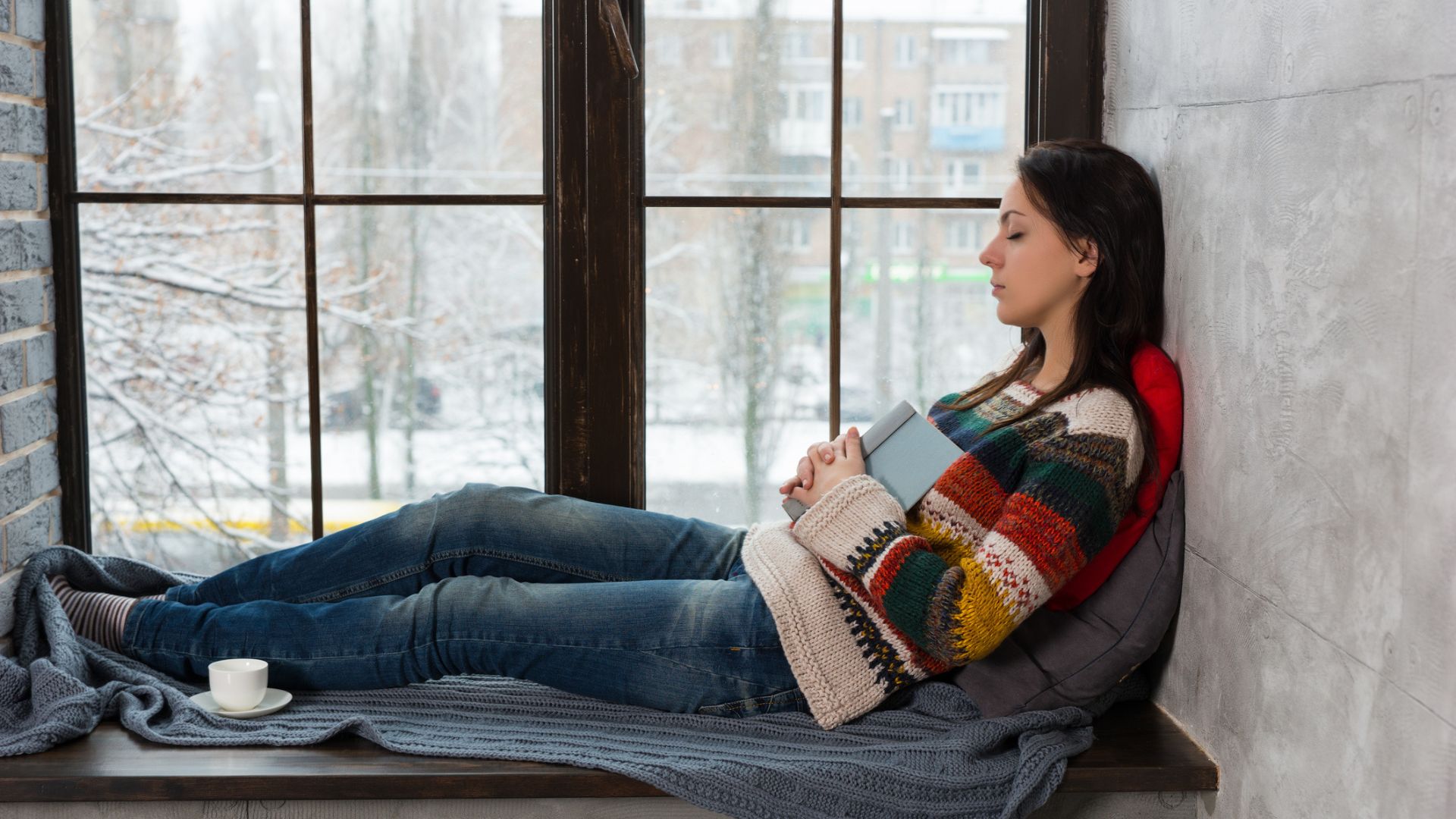How to make a mattress softer, firmer or less saggy

Even the best mattresses can have their issues. Maybe your bed has started to sag, or maybe your brand new hybrid mattress feels a lot firmer than what you were expecting. But what if you’re not ready to give up your mattress just yet or you don't have the budget to buy new?
Luckily, there are some simple tricks to tweak your existing mattress to better suit your comfort and sleep needs. From a minor adjustment that costs you nothing to buying one of the best mattress toppers for half the cost of a new bed, these tips will save your mattress and save you money.
Still, it’s important to know when your mattress has past its expiration date, so aim to replace your mattress every eight years (more for a well-made luxury mattress) and watch out for the five signs that you need to replace your current mattress.
Today's best bed topper deals
- Helix Sleep: 20% off plush toppers for hard beds
- Tempur-Pedic: 40% off pressure relief toppers
- Bear: 35% off cooling toppers
- Nolah: Up to $100 off contouring toppers
- Birch: 20% off plush organic toppers
How to make a soft mattress firmer
While sinking into a plush bed is some sleepers’ idea of heaven, others feel trapped by the “hug” of a soft mattress and find it too claustrophobic. If you want to make a soft mattress firmer, the first step is to check the bed frame.
Tighten your bed frame or switch to a new base
If the fixings on your bed frame are loose or have weakened, your mattress will lose its firmness and start to sag. So tightening your bed frame could extend the life of your mattress and make a softer mattress feel firmer instantly. If you have the budget, you could also replace your box spring or bed base for something more supportive, such as firm edge divans or rigid narrow-slatted bases.
However, if the bed frame is already tight and the sagging has already begun, you could try flipping (if the model can be flipped ) or rotating the mattress. If you sleep in the same spot for an extended time, your side of the mattress will lose firmness through overuse, so rotating or flipping the mattress regularly (around every three months) spreads out the wear and tear. For some helpful tips on rotating and flipping your mattress, read our guide on how often you should rotate or flip your mattress.

Put the mattress on the floor or buy a firm topper
You could also put a soft mattress on the floor to make it firmer, but there are risks to this – mattress mold could build up on the underside, so make sure you are giving the underneath of your mattress plenty of airing time each day to prevent mildew and mold growth.
Get instant access to breaking news, the hottest reviews, great deals and helpful tips.
While tightening a bed base, putting your mattress on the floor or rotating your bed are all ways to make a soft mattress harder for free, you could also buy a mattress topper for a fraction of the cost of a new mattress. To harden your bed, choose a topper with a firm or medium firm rating. Some toppers, such as the Turmerry Latex Mattress Topper (from $99 (was $150) at Turmerry), offer a choice of firmness, so go for the Firm or Extra Firm options.
Using a bunkie board or plywood to make a soft mattress firmer
Many people swear by placing a bunkie board or a layer of plywood between their bed base and a softer mattress to make it feel much firmer. As with placing a mattress on the floor, there are risks to this approach.
Some materials, such as memory foam, needs ventilated space to breathe properly. Otherwise, you're creating the ideal environment for mildew and mold to grow and spread. That would void your mattress warranty too.
As with placing your mattress on the floor, check with the brand you bought your mattress from to see what they think of the plywood fix. Better still, ask if they can supply you with a comfort upgrade (a mattress pad) that sits on top of your soft mattress to make it firmer.
How to make a hard mattress softer
When it comes to making a hard mattress softer, heat and bed toppers are the way to go. Mattresses naturally soften over time, so make sure to take full advantage of your free sleep trial if you’ve only recently purchased your mattress and give your bed a chance to break in properly (at least 30 nights). If your hard mattress is older or the sleep trial has ended, the next thing to do is check your bedroom’s temperature.

The colder the room, the firmer your bed, so add some warmth to your bed with a heated blanket or hot water bottle if you’re unable to turn up your home’s heating. You can use a heated blanket with a memory foam mattress as long as you don't place the blanket directly onto the foam or leave it on all night.
If the problem isn’t temperature, consider buying a plush mattress topper. Look for bed toppers made of feathers or memory foam, as these offer soft, comforting support that cradles your body and relieves pressure points. Also look for plush pillow top toppers with a chunky thickness (around 4 inches) to make a hard mattress softer.
How to add pressure relief to older mattresses
To add pressure relief to an older mattress, look for a thick mattress topper measuring three to four inches tall and made from latex (best) or memory foam, as these mold to your curves to offer constant pressure relief. Our top-rated topper, the Tempur-Pedic Tempur-Adapt Topper provides excellent pressure relief for joint and back pain in every sleeping position, and right now you can save 40% on the Tempur Adapt Topper at Tempur Pedic, with prices from $191.
If you sleep on your back, look for a topper with a medium-firm feel that will suit your lower lumbar. In our Saatva Graphite Mattress Topper review, our back-sleeping testers praised its support and cushioning pressure relief.
For side sleepers, you’ll need a soft, plush topper made from memory foam that will relieve key pressure points such as the hips and shoulders. Our Lucid Gel Memory Foam Mattress Topper review, praised this foam topper for excellent pressure relief it provided to our side-sleeping testers.
How to add extra cooling to older mattresses
To sleep cool on a mattress that retains heat, start by switching your bedclothes and bedding to ones made from moisture-wicking, breathable materials such as bamboo, organic cotton, organic wool and lyocell fill. You can also look for lightweight bedding designed for warmer climates, such as the Saatva Lightweight Down Alternative Comforter (from $205 at Saatva).

Some pillows, while comfy, are made from memory foam, a material that retains heat. If you can, switch to pillows with latex or hyper-elastic polymer fill. You can also buy cooling memory foam pillows, such as the Kapok Pillow at Layla Sleep (from $109 at Layla Sleep), our best pillow recommendation for hot sleepers.
If your bedding is breathable but you’re still overheating, go for a cooling bed topper. Look for naturally cooling organic latex toppers or memory foam toppers infused with cooling materials such as copper, graphite and charcoal. When creating our Viscosoft Active Cooling Mattress Topper review, our testers were impressed with how cool the copper-infused foam mattress topper remained during a heatwave.
How to fix a saggy mattress and add support
In line with the advice we’ve given throughout this guide, it’s a good idea to purchase a mattress topper to give your sagging mattress a refresh. If you’d rather fix the sagging than cover it with a topper, however, the only way to fix a sagging bed is to send it back to the manufacturer for repairs if sagging is covered in your warranty.
Mattress warranties vary from brand to brand, but some mattress companies, such as Layla, will cover sagging of more than one inch. Sagging is commonly covered under mattress warranties, but we recommend reading the warranty details of your chosen mattress before you buy.
If your sagging problem can’t be fixed as it doesn’t meet the terms and conditions of the mattress warranty, then there is a non-permanent solution. Adding dense, memory foam pillows under certain body parts (such as hips and legs) will add support that the sagging mattress can no longer provide. If you’re a stomach, back, or heavyweight sleeper, it’s extra important to support your hips. Sagging can make your hips sink or dip into the mattress, which will misalign your spine and cause lower back pain.
However, this pillow trick is a temporary fix, and — as we explain in our guide on how to fix a saggy mattress — you need to replace your mattress as soon as you’re able to do so.

Frances Daniels is a PPA-accredited journalist and Sleep Staff Writer at Tom's Guide with an MA in Magazine Journalism from Cardiff University. Her role includes covering mattress and sleep news and writing sleep product reviews and buyer's guides, including our Best Hybrid Mattress 2025 guide. She is interested in the relationship between sleep and health, interviewing an array of experts to create in-depth articles about topics such as nutrition, sleep disorders, sleep hygiene, and mattress care. She is also our specialist on mattress toppers — producing bed topper reviews and taking care of our Best Mattress Toppers 2025 guide — and leads content relating to fiberglass-free beds for a non-toxic sleep. Outside of Tom's Guide, she has written for Ideal Home and Marie Claire.
